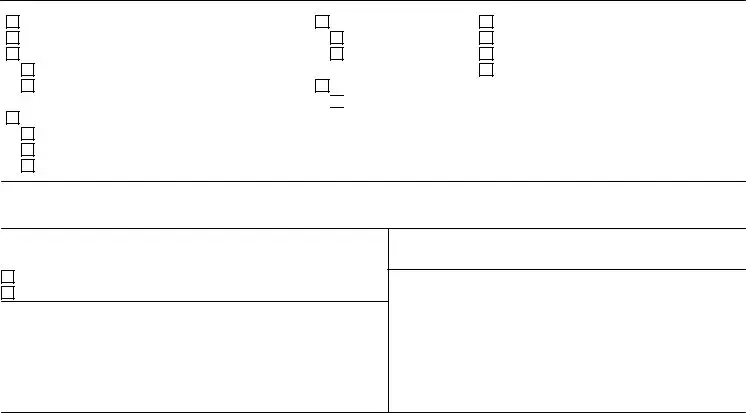The Michigan C 3204 form, now referenced as Treasury Form 165, is an annual return document for reporting sales, use, and withholding taxes. This form is utilized by businesses to summarize and report their yearly tax liabilities related to sales, rentals, lease of tangible property, and certain services rendered in Michigan.
The due date for filing the annual return is February 28th of the year following the reportable tax year. However, if a business discontinues its operations within the tax year, the form is then due 30 days after the business has officially ceased operations.
Business entities operating within Michigan that collect sales tax, use tax, or withhold taxes from employees' wages are required to file this form. This includes, but is not limited to, entities such as sole proprietorships, partnerships, corporations, and limited liability companies.
-
Sales Tax: 6%
-
Use Tax on Sales and Rentals: 6%
-
Use Tax on Communications Services: 4%
How do I calculate my taxable balance?
To calculate your taxable balance, you start by adding your gross sales, rentals, and communications services. From this total, you deduct any allowable deductions such as resale, industrial processing, exempt services, and others listed on the form. Subtracting the total allowable deductions from your gross sales and services amount will provide your taxable balance.
Can I deduct sales tax that has already been paid to the Secretary of State?
Yes, sales tax that has already been paid to the Secretary of State can be listed as an allowable deduction. This ensures that businesses are not double-taxed on the same amount.
What should I do if I collected more tax than what is due?
If you have collected more tax than is due, you should report this excess using the appropriate line on the form. This excess will then be adjusted against your gross tax due to determine the net amount payable or refundable.
The destination for your completed form depends on the specifics of your filing:
-
If enclosing payment with your return, mail to: Sales, Use and Withholding Taxes, Michigan Department of Treasury, Lansing, MI 48922.
-
If your return is for a refund, credit, or has no tax due, mail to: Sales, Use and Withholding Taxes, Michigan Department of Treasury, Lansing, MI 48930.
If the form is filed after the due date, penalties and interest may be assessed. It is crucial to adhere to the filing deadlines to avoid these additional charges.



 Subchapter S
Subchapter S